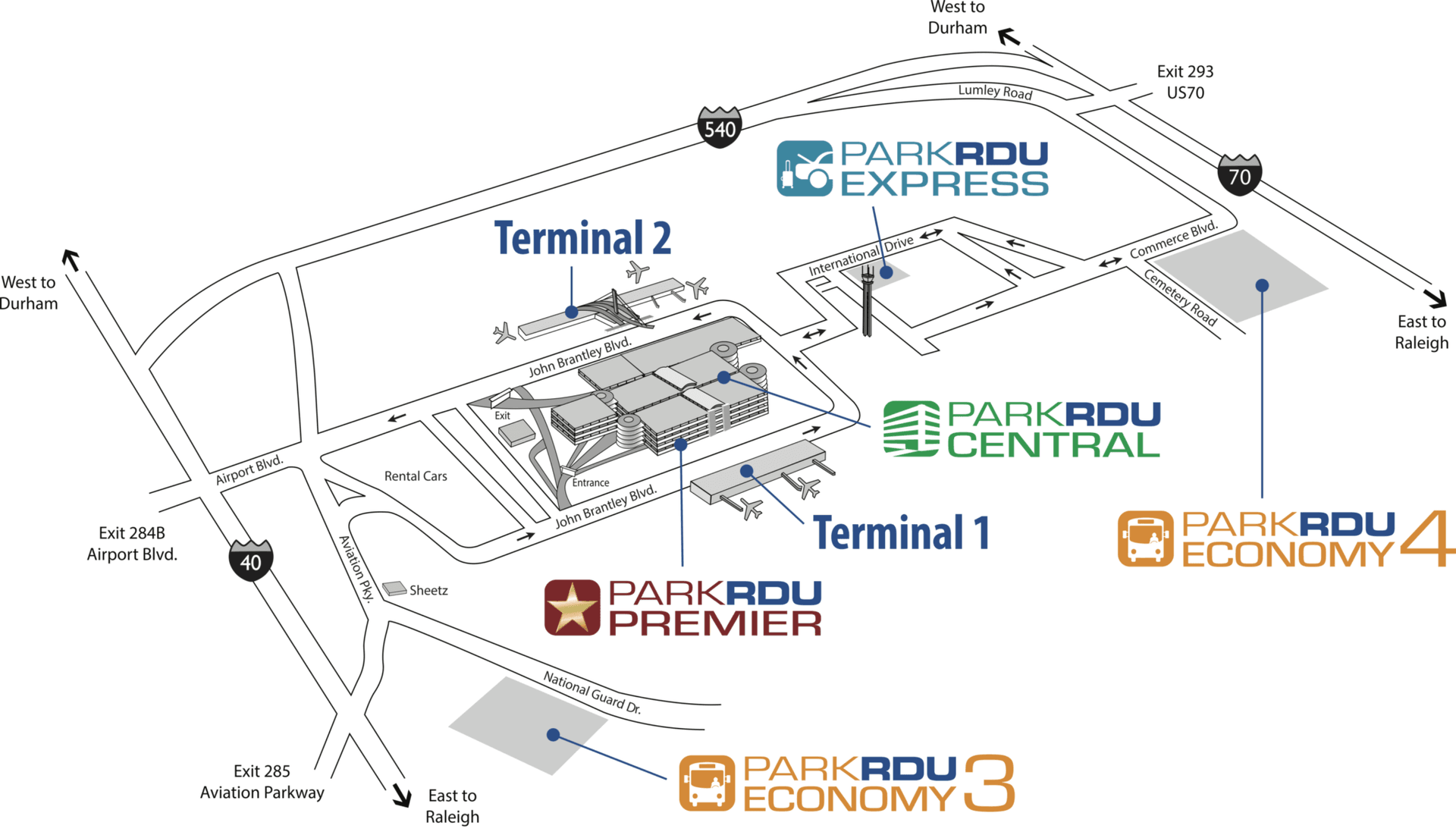Seasonal Ice Skating Options for Wake County Families and Visitors
Wake County residents and visitors have several seasonal and year round skating options across the county, from downtown Raleigh’s winter village rink to community rinks in Cary and Fenton and indoor public sessions at county recreation centers. This guide explains where to go, what to expect on pricing and rentals, and how these attractions affect local traffic, businesses and family budgets.

Downtown Raleigh’s signature seasonal offering is THE RINK presented by UNC Health at a downtown winter village, an outdoor ice surface that anchors restaurants, retail and event activity in the core of the city. North Hills complements that downtown option with a public rink and a series of pop up winter attractions that extend shopping and dining foot traffic into the colder months. Smaller community rinks in Downtown Cary and Fenton provide lower key, local access to skating closer to neighborhoods. For year round and weather resistant options, several Wake County recreation centers list indoor public skating times available to residents.
These facilities matter locally because they concentrate visitors into commercial corridors at a time of year when consumer spending otherwise softens. Seasonal rinks create demand for skate rentals, food and beverage sales and short term event staffing. They also influence transit and parking patterns, as families balance convenience and cost when choosing a venue. For parents and caregivers, family pricing options and the availability of skate rentals determine whether an outing is affordable and logistically feasible.
Practical tips for residents include checking rink websites and recreation center schedules for off peak hours and weekday sessions to avoid crowds, budgeting for skate rental fees or bringing well fitting skates if available, and prioritizing venues with transit access or proximate parking to reduce time spent searching for spaces. Community rinks often have lower admission prices and faster turnover than large downtown installations, which can be important for families on tight budgets.

From a policy and planning perspective, these seasonal offerings highlight the value of coordinating municipal parks and recreation departments with transit agencies and local business improvement districts to manage loads on parking and public transport. Ensuring equitable access through discounted family rates or loaner skate programs would broaden participation and increase local economic benefits. Over the longer term, sustained investment in year round indoor options at recreation centers can stabilize participation and support local employment in leisure and hospitality throughout the year.


